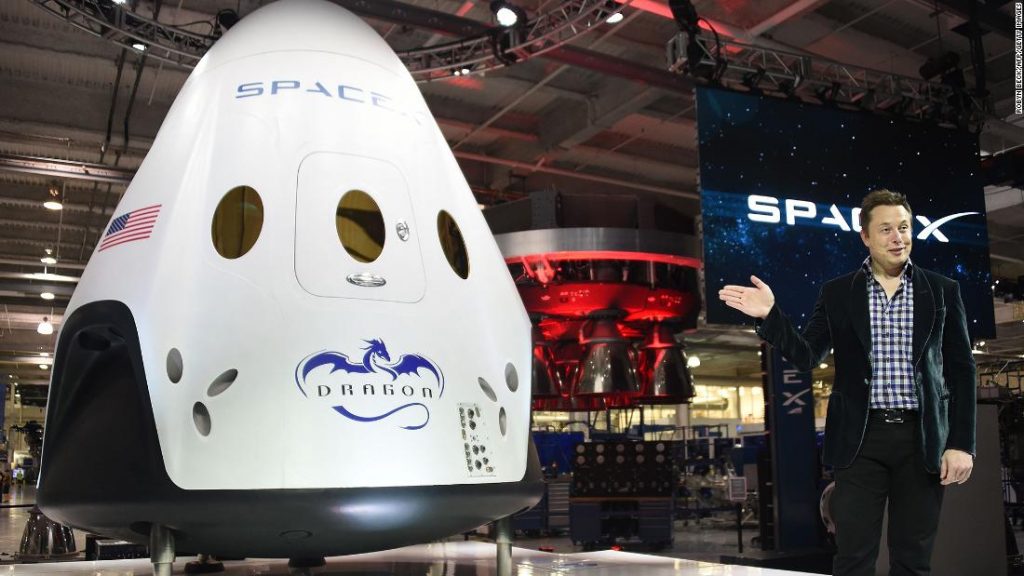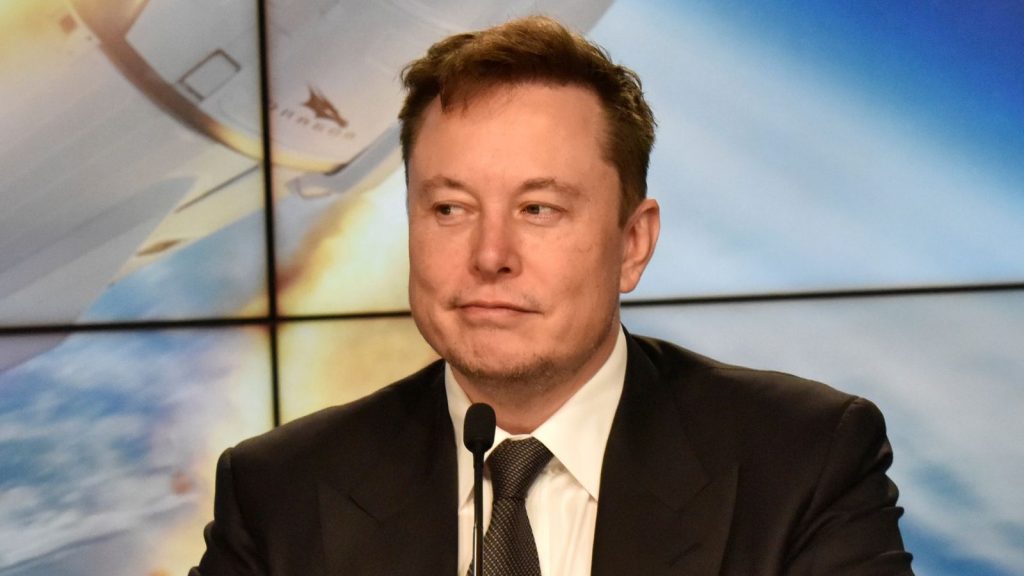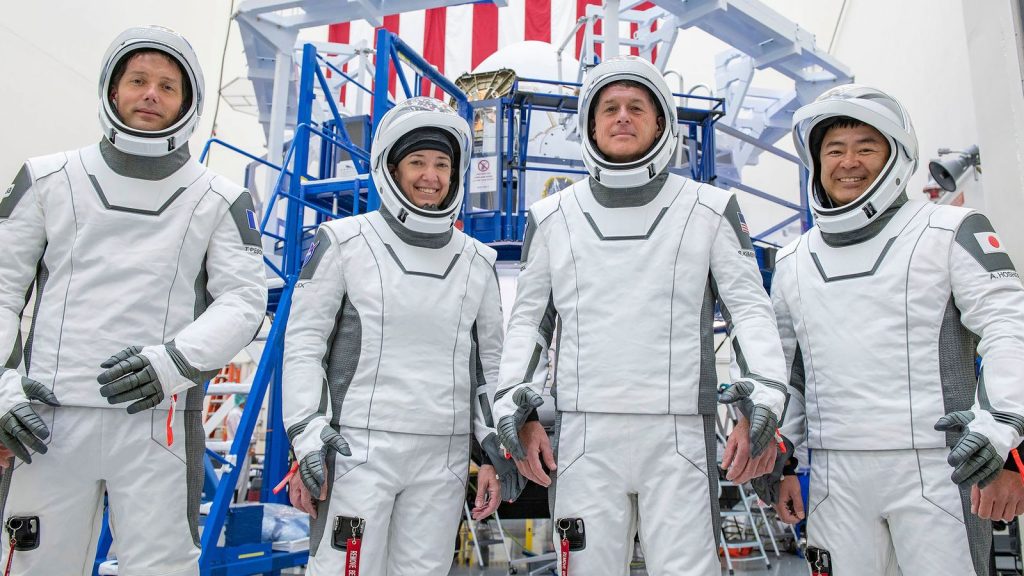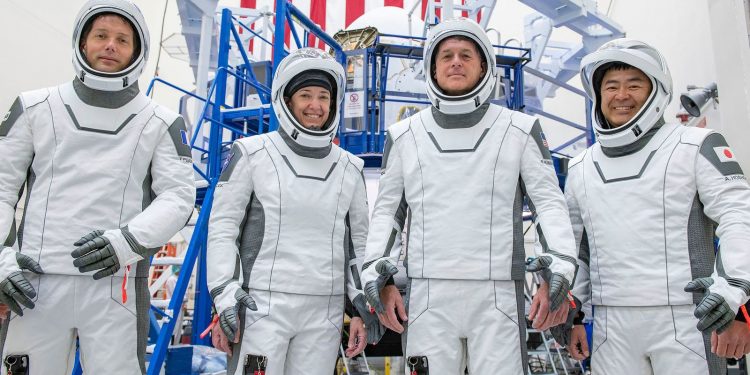SpaceX secured a $2.89 billion NASA contract to build spacecraft that will land astronauts on the moon for the first time in five decades.The tech billionaire’s firm was chosen ahead of Amazon founder Jeff Bezos’ Blue Origin and defence contractor Dynetics Inc. It’s a setback for Mr Bezos, a lifelong space enthusiast and one of the world’s richest people, who is more focused on his space venture after deciding to step down as Amazon CEO. The NASA deal was seen as a way for Blue Origin to establish itself as a desired partner for NASA, and also putting the venture on the road to turning a profit.

The fixed-price contract is a major vote of confidence for Elon Musk’s rocket company, as the space agency is placing a large amount of responsibility for its cornerstone human spaceflight program, known as Artemis, on SpaceX.
The tech billionaire’s firm was chosen ahead of Amazon founder Jeff Bezos’ Blue Origin and defence contractor Dynetics Inc. Steve Jurczyk, NASA’s acting administrator, said at a video conference: “We should accomplish the next landing as soon as possible. This is an incredible time to be involved in human exploration, for all humanity.”
Friday’s announcementis a blow to Blue Origin, the rocket company founded by Jeff Bezos, which had proposed working as a “National Team” alongside corporate behemoths such as Northrop Grumman and Lockheed Martin to design and build a lunar lander, and to Alabama-based Dynetics, which had put in its own bid. But ultimately, SpaceX won with its bid to use of a spacecraft the company is already developing on its own in South Texas.

That vehicle, called Starship, is also the linchpin of Musk’s personal goal of landing the first humans on Mars. Test flights of early Starship prototypes have all ended in explosions thus far, but the company is rapidly building new test vehicles.
SpaceX will need to complete a test flight “to fully check out all systems with a landing on the lunar surface prior to our formal demonstration mission”, NASA official Lisa Watson-Morgan told reporters.
Mr Musk is one of the world’s richest people thanks to his 22% stake in electric car maker Tesla, now the world’s most valuable vehicle manufacturer.His publicly stated aim is to put humans on Mars – but so far, SpaceX has mainly been used to launch satellites for his Starlink internet venture, and other satellites and space cargo.

The Crew for its SpaceX’s third astronaut launch to the international Space Station in training in California. Pic. Courtesy: AP
The previous three exploded at touchdown or shortly afterwards. Those setbacks do not appear to have affected investors’ confidence in his schemes, however, as SpaceX said on Wednesday it had raised about $1.16bn (£838m) in equity financing.
NASA’s plan is get back to the moon and using that as a platform to send astronauts to Mars and it is looking to team up with private companies that share its vision for space exploration. In December, NASA announced 18 astronauts who could be involved in plans to get back to the moon by 2024.















